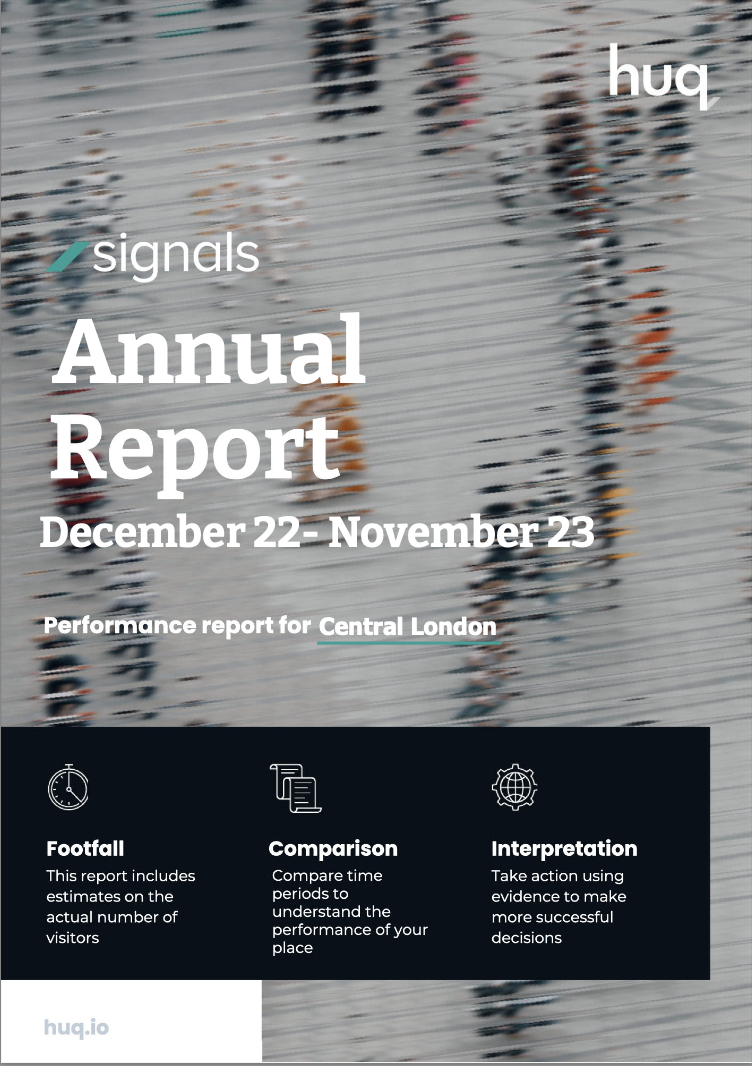Research & insights
Browse the articles below for thought leadership, data-driven insights and reports published by Huq using its own primary data.
Browse the articles below for thought leadership, data-driven insights and reports published by Huq using its own primary data.
Book a live demo!

Share the questions you aim to get answered and we will try our best to provide insightful answers during our call. I look forward to speaking with you!


Great! Your request has been received. Now you can download the case study using the link below.
Want to keep reading? Close and return to module page